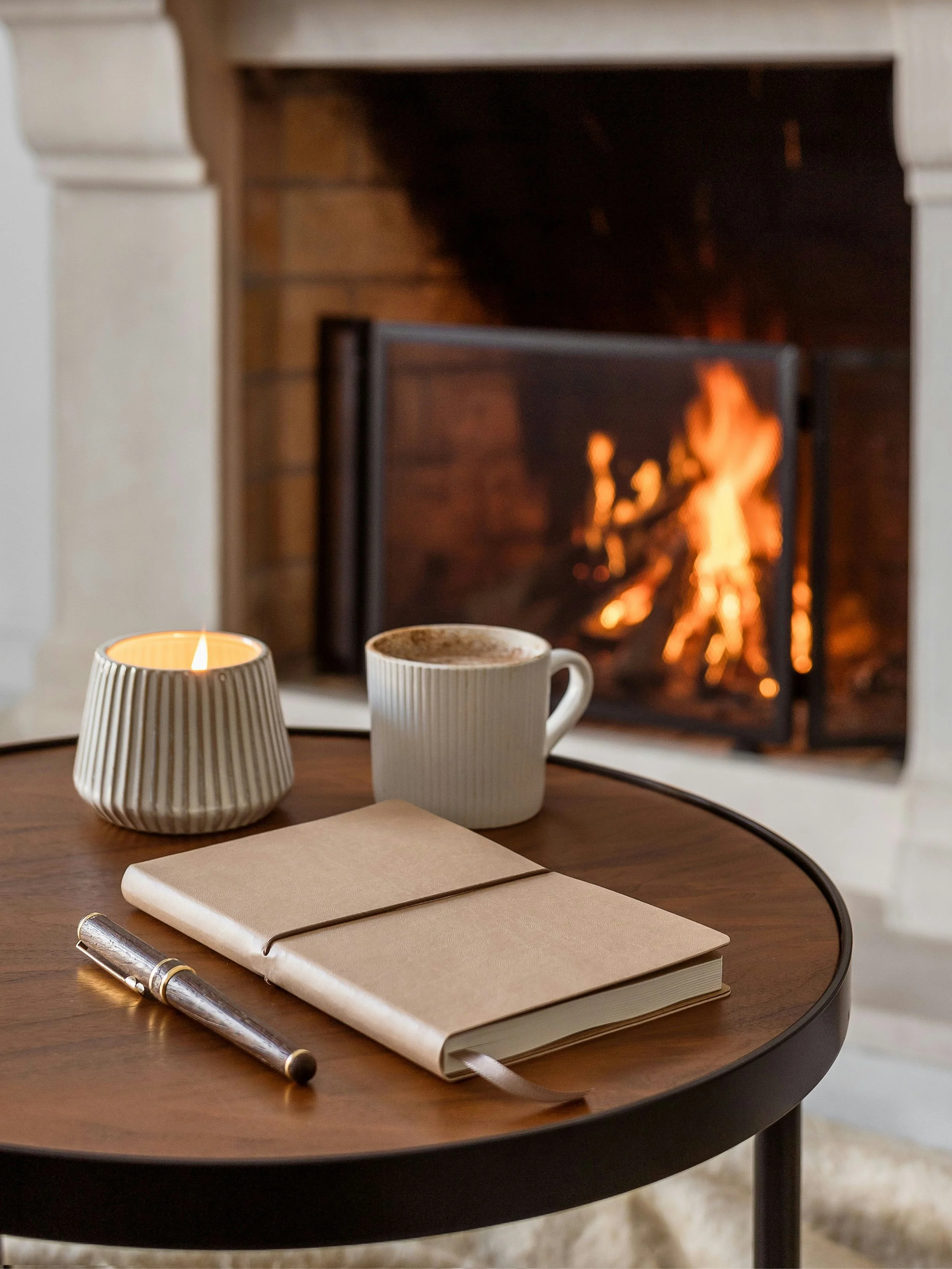Money and Meaning: The Lazy Girl’s Guide to Budgeting
This post may contain affiliate links, meaning we get a commission if you decide to purchase through our links at no cost to you. This helps fund Slower Travels without costing you a cent!
Budgeting. It’s one of the least sexy words in the English language. For many, it brings up images of restraint, not enjoying life or choosing the cheapest option. It’s about denying yourself what you want and making decisions based on spreadsheets.
But finding ways to maximise the money that you have coming in each week or month can help you live a happier, more expansive life. It helps those expensive dreams feel more within reach and enables you to gain momentum in moving towards them.
I’ve tried plenty of systems to get a handle on my finances. This is one of the best low-effort exercises that can help make what’s happening with your money crystal clear. And it also tells you what to do next.
I know things feel heavy for many people right now. The cost of living keeps rising, and it’s not lost on me that having the headspace or flexibility to think about budgeting is, in itself, a kind of privilege. This piece isn’t for those already doing everything they can just to make ends meet — it’s for the people who have a little space to make gentler, more intentional choices with their money.
If you’re in a season where even the essentials feel out of reach, please know there’s help available. Local budgeting and community services can offer free, practical support. Or you can get solid financial advice online. You don’t have to do it alone.
A Gentler Way to Look at Money
There are plenty of internet gurus who will tell you money is just energy. They’ll then often tell you that you need to sign up for their costly course to unlock all your issues around money.
As much as I hate to admit it, money is about energy. It’s about what you want to spend your energy on (and where you actually end up spending it). There have been plenty of times that I’ve turned down something I really wanted to do because it was too expensive, then blown that same amount of money on something meaningless.
This exercise helps clarify where you’re putting your energy and money. This allows you to have a check-in with yourself to see in your spending aligns with your values.
This is not a financial overhaul. You can use a spreadsheet if you want, but you can also do this all offline, in a cabin in the woods with a mug of your favourite tea. Whatever makes this process feel accessible and less overwhelming.
The Feel-Good Test
I first learned this exercise from a course I did a few years ago with Sarah Von Bargen. She no longer runs the course, but the idea really stayed with me. It made money feel emotional and human — something you could explore with curiosity instead of shame.
You need three months' worth of your expenses to do this exercise. You can do it with as little as a month’s worth of expenses if three months feels overwhelming. You can either download your bank statements and print them out. Alternatively, get digital copies and put them into a spreadsheet app (Google Sheets or Excel).
If you spend a lot of cash, then you will need to track this for three months first. Unless all your cash expenses are going to fall into one of your three buckets, e.g. that’s money you spend on your lunches and coffees out. Read through this process and then see what’s going to work best for you.
One of my favourite things about this exercise is that (unless you have cash spending), you can get started today. No waiting to start tracking and losing momentum.
You’re going to need to establish a way to highlight each expense as one of three colours. If you’re doing this on print-outs, highlighters are your best friend. If you’re in a spreadsheet, you can fill in the cells with colours.
The three colours are:
Expenses that bring you joy. The new shoes you bought. Flights for the vacay. Splurging on the strawberry matcha latte at the Instagrammable cafe.
Neutral purchases. Rent or mortgage is a bit of a necessary evil. Electricity bills. Public transport. The gift for the baby shower of the girl you went to high school. Anything that doesn’t elicit a strong emotion goes in here.
Expenses that drain you. The drink with the friend you actual dislike. The ridiculous parking in the city. The dinner at that restaurant that is so overhyped.
The thing I like most about this exercise is that you get to choose what’s joyful and what’s not. There’s no making you feel guilty about the avocado on toast. If that’s what brings you joy, have at it. Maybe your rent brings you joy because you get to live in a location you’ve always dreamed of. Maybe the alcoholic drinks are no longer bringing you joy, but you’re doing it to see the friends you love. You’ve got ultimate flexibility to move things into the categories that make the most sense for you.
Seeing What Matters
Now add up your three categories. The first time I did this, mine looked like this:
I was happy to see that I was spending more on joy than on draining things. But more than half of my money going on things that I felt indifferent of. That felt like a lot. More than I wanted it to be anyway.
But if your drained feels high, go back and have a closer look at those entries. We’re not here to bring judgment, just curiosity. Look for patterns (two of mine were junk food after drinking and subscriptions for things I wasn’t using anymore) and see what actionable steps you can take from there.
This isn’t about using maths to give yourself an allowance for the month. It’s about understanding your relationship with money and how it makes you feel when you spend it.
Making Little Shifts
The next step you should feel excited about: moving more of your spending from the draining or negative colour into the positive. It will require some honesty from you and some tough conversations. You may need to decline invitations to spend time with certain people or engage in certain behaviours.
Or it might be as simple as cancelling some subscriptions for things you don’t care about. Maybe it’s a gym membership that you never use or a Netflix subscription you use a little too much.
Another change might be that the amount stays the same, but you make it a joyful purchase. If you hate paying rent because of where you’re living, maybe it’s time to look at moving? Perhaps the gym really isn’t your place and you’d rather spend that money on a weekly boxing class.
Please be gentle with yourself here. It’s not about shaming, judging or trying to spend less, just spending a little more on things that bring you joy and a little less on things that don’t.
From here, write three actions you can take to help move your spending to a more joyful place. I love Post-It notes for this, as I can place them somewhere I’ll see them (bathroom mirror, front of the wardrobe, next to the bed) so I’m regularly reminded of the plan. This will help reinforce positive behaviour, rather than staying stuck in negative habits.
Write these in the present tense with positive language. Some examples might be:
I spend money on fitness activities that bring me joy.
My rent allows me to live in my favourite neighbourhood.
I treat those I love to meals out.
Where to Go From Here
Remember, this activity is meant to help shine a light on your finances. If you already know where your money is going, it might be helpful to see how you feel about all those purchases. If your money seems to disappear each month, this will help you get some clarity on where exactly it’s always running away to.
Either way, this activity is about awareness, not perfection. You will always have things you’d rather not spend money on. That’s a part of life. I’m not trying to elicit guilt or shame for those purchases. Just give you a nudge in a most positive direction.
Try this activity this week and let me know how you get on. I would love to know how it felt to look at all your expenses and if anything interesting came up. You can post a public comment below, or send me a message from our contact form.
If you’re ready to take the next step, check out this guide to creating your first budget. It does involve a spreadsheet, but it’s not too onerous if you’re new to this idea.







